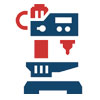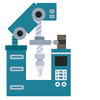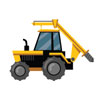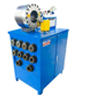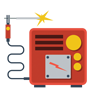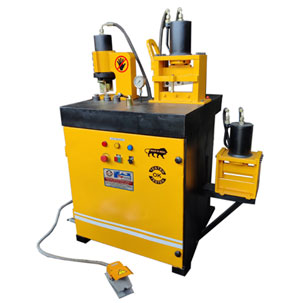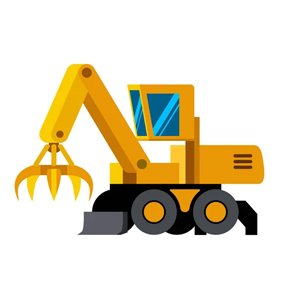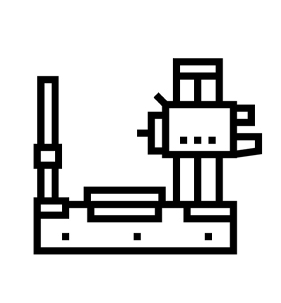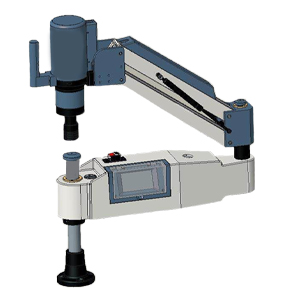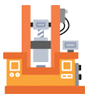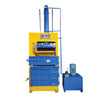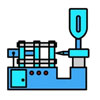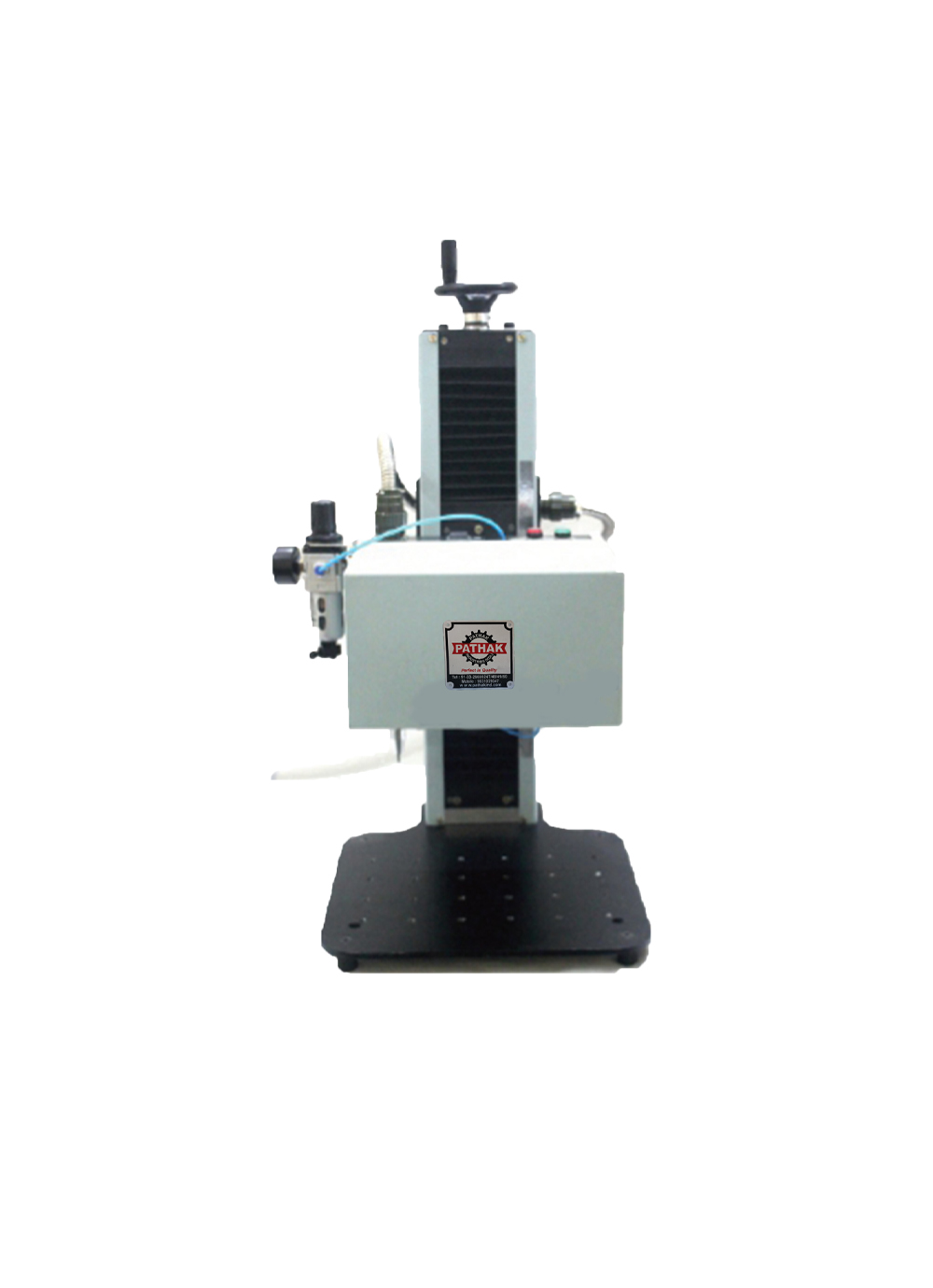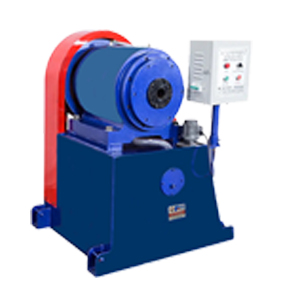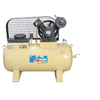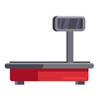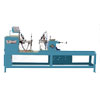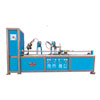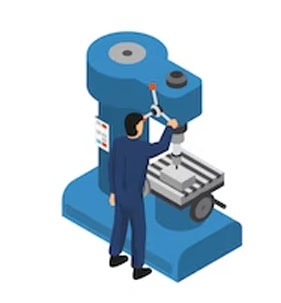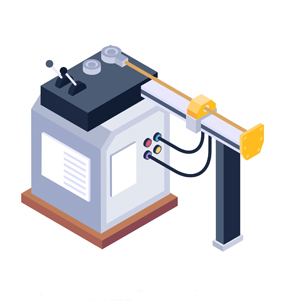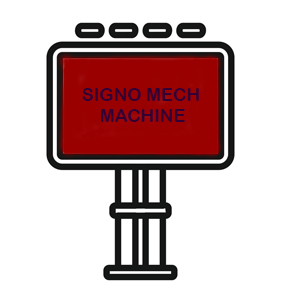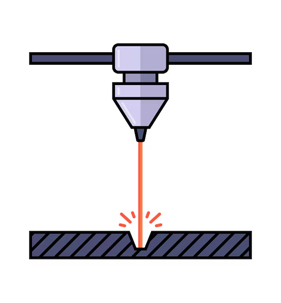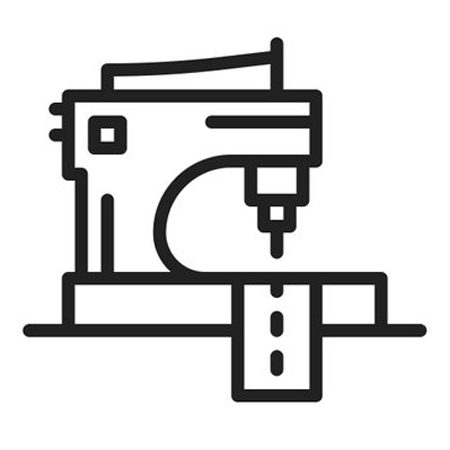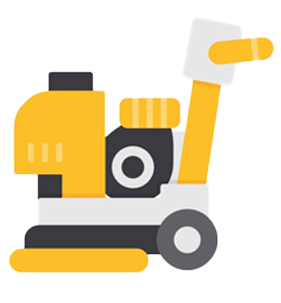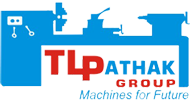Hydraulic Hose Crimping Machines Manual vs. Automatic
Published On: Jun 05, 2023 by Pathak
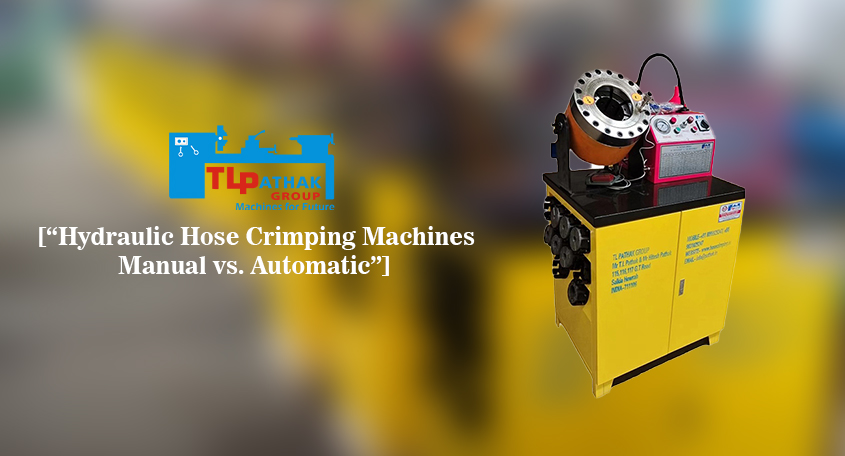
Hydraulic Hose Crimping Machines Manual vs. Automatic - Choosing the Right Option for Your Needs
Introduction:
Hydraulic hose crimping machines are essential tools for creating secure and leak-free hose assemblies. When considering a hydraulic hose crimping machine, one of the key decisions to make is whether to go with a manual or automatic model. In this blog, we will explore the differences, advantages, and considerations for both manual and automatic hydraulic hose crimping machines to help you make an informed decision.
Manual Hydraulic Hose Crimping Machines:
Manual crimping machines require the operator to manually operate the crimping process. Key points to consider include:
1. Simplicity and Portability: Manual machines are typically compact, lightweight, and portable, making them suitable for on-site or mobile applications.
2. Cost-Effectiveness: Manual machines are generally more affordable upfront compared to automatic models.
3. Operator Skill and Effort: Operating a manual machine requires skill and physical effort from the operator to achieve consistent crimping results.
4. Flexibility: Manual machines allow for adjustments and fine-tuning during the crimping process, accommodating various hose sizes and fittings.
Automatic Hydraulic Hose Crimping Machines:
Automatic crimping machines offer advanced automation and streamlined operation. Consider the following factors:
1. Efficiency and Speed: Automatic machines significantly reduce crimping time and increase productivity, making them ideal for high-volume production environments.
2. Precision and Consistency: Automated crimping ensures consistent and accurate results, minimizing human error and enhancing quality control.
3. User-Friendly Interface: Automatic machines feature intuitive controls and programmable settings, simplifying the operation and reducing the learning curve.
4. Versatility: Automatic machines can handle a wide range of hose sizes and fittings, providing versatility in hose assembly production.
5. Initial Investment: Automatic machines generally require a higher upfront investment due to their advanced features and automation capabilities.
Choosing the Right Option:
When deciding between manual and automatic hydraulic hose crimping machines, consider factors such as production volume, operator skill level, budget, and specific application requirements. Manual machines are suitable for smaller-scale operations, on-site repairs, or budget-conscious scenarios. Automatic machines are ideal for high-volume production environments that prioritize efficiency, precision, and consistency.
Conclusion:
The choice between manual and automatic hydraulic hose crimping machines ultimately depends on your specific needs and priorities. While manual machines offer simplicity and cost-effectiveness, automatic machines excel in efficiency, precision, and productivity. Assess your production requirements and operational considerations to make an informed decision that aligns with your goals.
Lastest Articles
-
Embracing NC Hydraulic Press Brake Technology in Middle East Factories
Being a prominent center for indust... -
What machines are used to set up an Electrical Modular Box Plant
Attention all aspiring entrepreneur... -
Manual Process For Making Steel Almirah
Steel almirah are not only durable ... -
Semi Automatic Almirah Making Machines
Streamlining Production Processes w... -
Steel Almirah Manufacturing With Fully Automatic High Precision Machines
Welcome to the world of precision a... -
Unlocking the Power of Precision Understanding the Purpose and Functionality of Drilling Machines
A drilling machine is a tool used f... -
A Beginners Guide to C-Frame Presses for Industrial Applications
Welcome to the world of C-frame pre... -
Busbar Machine Applications in Automotive Manufacturing
Busbar Machine Applications i... -
How Busbar Machines Contribute to Electrical Safety and Reliability
How Busbar Machines Contribute to E... -
A Beginner's Guide to Busbar Fabrication and Assembly
A Beginner's Guide to Busbar Fabric...



